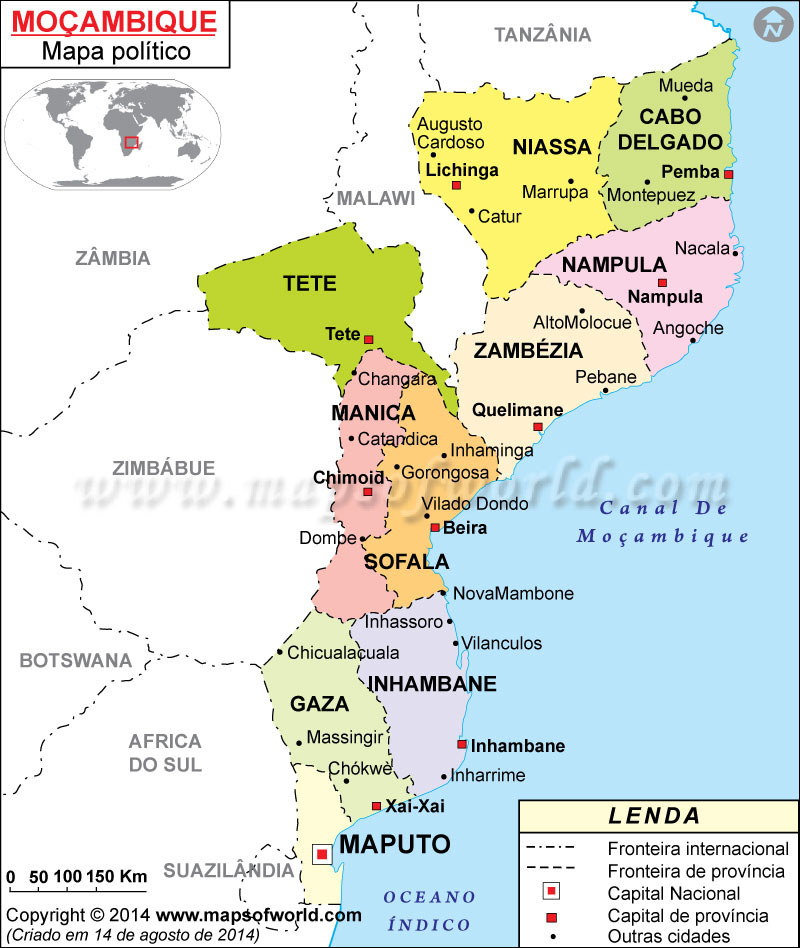COAL VERSUS COMMUNITIES: Exposing poor practices by Vale and Rio Tinto in Mozambique
Mozambique has attracted two of the world’s largest mining companies – Brazil’s Companhia Vale do Rio Doce (Vale) and the Anglo-Australian multinational Rio Tinto – to extract coal from the huge fields in Tete province. In 2010, Vale and Rio Tinto were the second and third most valuable mining companies on earth – worth US$169 and US$83 billion respectively.











